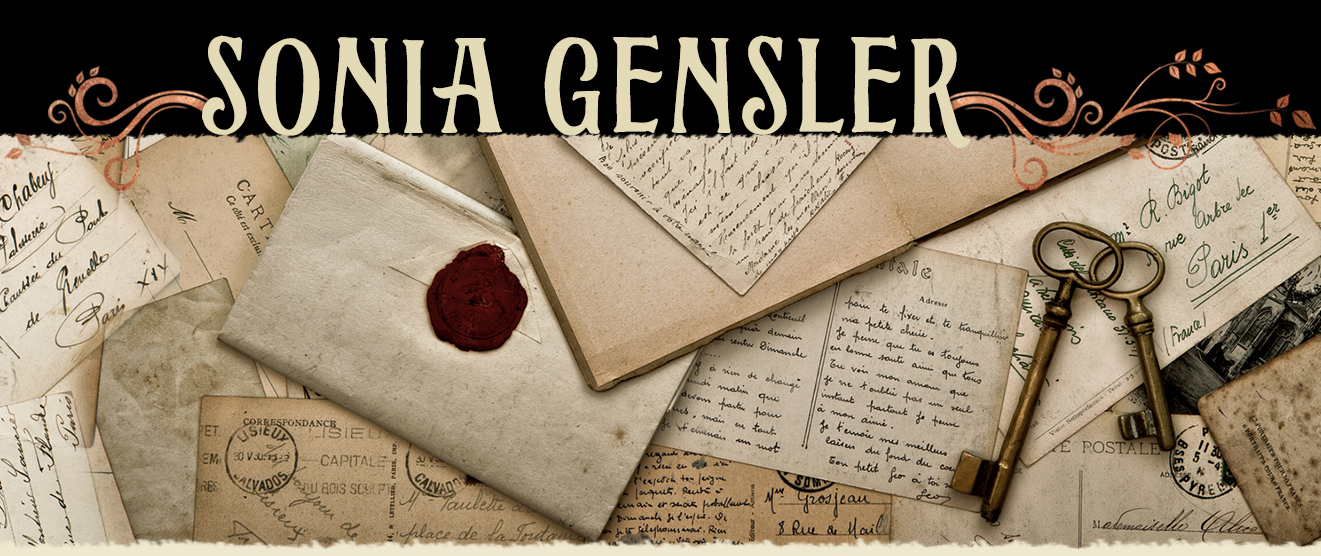
Recently I participated in my first Twitter chat! One of the questions I barely had time to answer properly was “Any tips for setting in a historical novel?” (Thanks, Abigail!)
Well, I love to talk about setting, because all my stories start with place. As soon as I encounter an intriguing setting, I am eager to know more about its history. An exploration of this history often makes me wonder what sort of people might have inhabited that place and time. Then I wonder what conflicts the setting might create for a character. At this point a story begins to take shape in my imagination.
So, YES, I have tips! And they are very straightforward.
Tip #1: If at all possible, spend time in your setting. This is true for contemporary and historical fiction. For historicals in particular, be sure to visit historic buildings, museums, and historical societies. Living history sites are the best! Take photos and video footage (so easy with a phone these days), grab maps and brochures, and maybe even talk to the locals (especially if it’s recent history). Very often the physical experience of a place will spark all sorts of story ideas. On the other hand, actually being there might lead you to realize that a potential plot point is not realistic after all.
Tip #2: Know your setting so well that you could write a detailed pamphlet or give a tour. Along with visiting the setting, read nonfiction accounts of that place and time. Read other fiction with the same setting—I promise it won’t “pollute” your own story. If you can find diaries of people who lived in that place/time, you’ve struck gold. Take notes as you read—I find that handwritten notes stick in my brain much longer than typed ones. Pretty soon you’ll have quite a stack of information. However, keep in mind that 95% of that information, awesome as it is, won’t show up in the pages of your story. And none of it should show up in passive description. Instead . . .
Tip #3: Treat your setting like a character in the story, and show your protagonist interacting with it. For example, some ideal moments to describe your setting might be:
— when your protagonist encounters it for the first time. It’s just like meeting another human character for the first time. Is this setting welcoming or hostile? Beautiful or depressing? Familiar or alien? We learn about a character by his or her reaction to a new location.
— when your protagonist is in conflict with it. Does the character feel contained or smothered by the setting? Does it give her the heebie jeebies? Is your character battling the elements? Corralling cats or small children? A setting that creates conflict can be a source of horror or humor.
— when it is teaching/inspiring/soothing your protagonist. (This is one of my favorites!) Is there a place that inspires or comforts your character—a place of escape? A place to dream or cogitate? What if that place is under threat somehow? What would your character do?
Above all, don’t just tell us how this setting affects your protagonist—show the character’s awe/alienation/inspiration/comfort through a scene. (See this blog post from Writer’s Digest for examples of showing vs. telling.)
PLEASE feel free to comment with more suggestions about setting in fiction!



